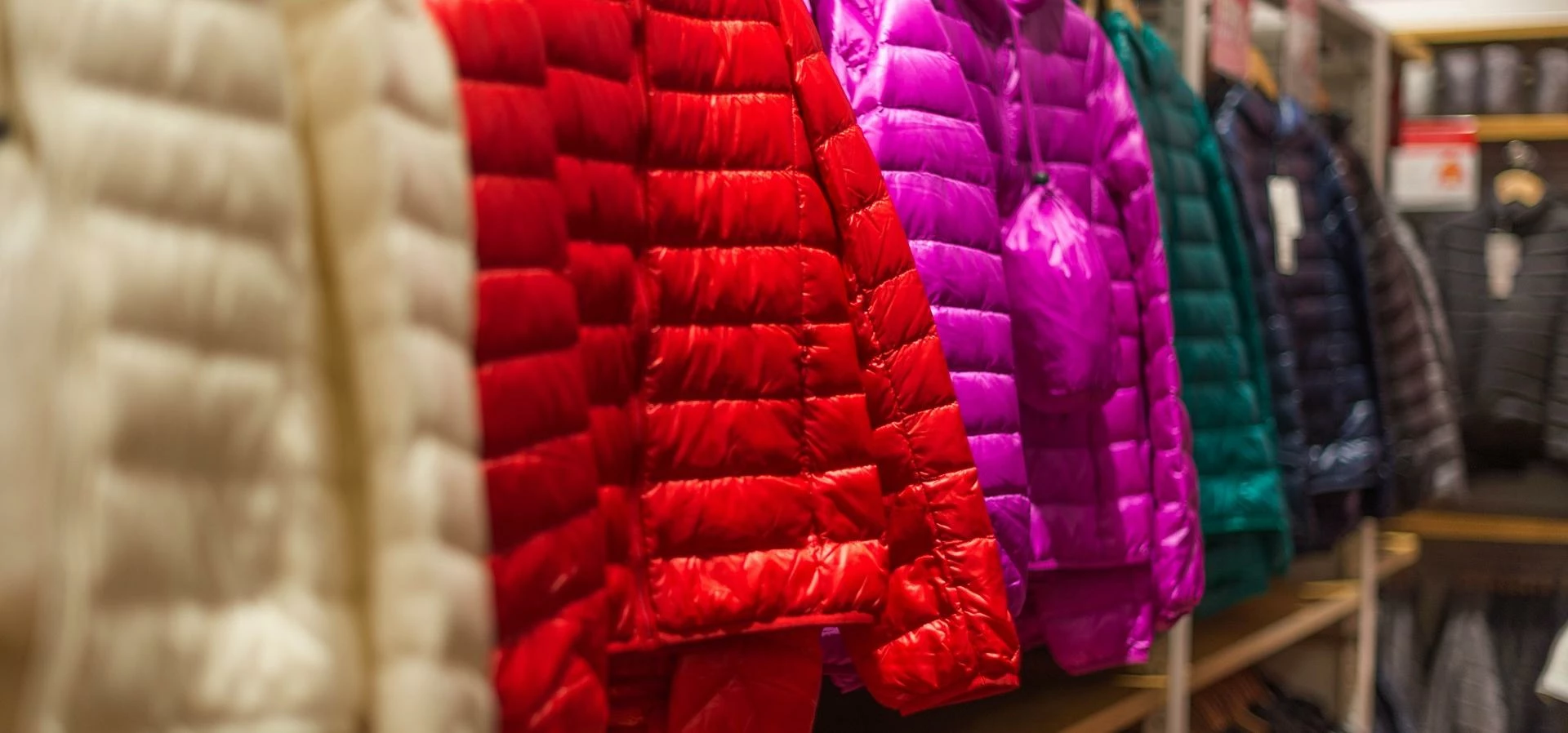
Partner Article
The Real Price Tag On Fast Fashion
Sanjeev Sularia, CEO of data analytics leader Intelligence Node, believes that fast fashion should be pushing retailers to look at their pricing and inventory strategies and making sure they have the basics under control
Fast fashion rapidly moves the designs from the catwalks of Paris, New York and Milan into shopping malls at a fraction of the price, enabling us all to be on fashion trend without a designer budget.
Fast fashion is getting even faster. New styles and trends are on the rails and often obsolete in a matter of weeks as we all race after the next big thing. Selling clothes at this rate is a passion shared by consumers and retailers alike – but it is an enormous challenge to deliver fast fashion. Why? Because fast fashion is often dependent on complex global supply chains that demand manufacturers are quick and agile to satisfy demand. At the same time the retailer needs to have its finger on the pulse of fashion trends, what is coming down the pipeline and get the price tag right.
Fast and nimble
Zara, H&M and Forever 21 are amongst the leaders in fast fashion, continually pushing on-trend clothing lines into stores around the globe at prices consumers like.
But, there are other fast fashion retailers who are struggling thanks to bottlenecks in their systems that prevent them from being as successful.
Firstly, these fashion retailers are taking too long to react to competitor’s pricing strategies and changes in the buying patterns of consumers. Our in-depth insight into the US retail ecosystem – based on real-time data feeds – shows that if you run an ecommerce site, it will take around 29.9 days to make a change. The US offline market average is a staggering 270 days.
No matter how fast you can a designer item into your online store, you are a step behind if you can’t keep pricing relevant and meet consumer expectations. Today’s consumer put great value on availability and price comparison. This is why online retail giant Amazon has invested heavily in technology that enables it to react rapidly to pricing fluctuation – making changes to price tags in just two minutes. The big take away here is that technology can get you ahead of the curve and help you retain your competitive edge.
The issue is inventory. Here the price optimization and retail analytics industry has not been as successful in the fashion industry as the grocery sector. Data analytics is weaker in fashion than others, due to lack of standardized product taxonomy for SKUs. This has tripped up attempts to better classify and sort items across sizes, colors and design elements across all the fashion categories. Often the same product – say a beige jumper – has different product IDs, brands, shades of beige/color, fit, size etc. in the system, which further complicates the situation. Consider the multiple definitions of beige, for instance, from ‘fawn’, ‘creme’, ‘sand’, ‘biscuit’, ‘natural’, ‘buff’, ‘coffee’, ‘nude’ to ‘camel’, and so on.
Or it is made even more intricate and time consuming by retailer-specific Unique Product Codes instead of brand SKU ids that further clog up the database.
Reading the data is key
Fashion retailers need better, more flexible ways of reading and understanding their own data if they are going to succeed in fast fashion. They also need a single window on their inventory, which is important in any retail operation to track stock and keep a handle on availability.
If omni-channel is on your radar, a single view of inventory enables you to serve your customers across all the channels they buy from, providing consistent price and product inventory.
Adopting a fast fashion approach can open up exciting opportunities for retailers, but they must get their pricing, data and channel strategy right from the outset – and that means reading data for valuable market wisdom.
The author is founder and CEO of Intelligence Node, (www.intelligencenode.com), a New York and Mumbai-based retail analytics leader that is highly active in the global fashion sector
This was posted in Bdaily's Members' News section by Sanjeev Sularia .








 Confidence the missing ingredient for growth
Confidence the missing ingredient for growth
 Global event supercharges North East screen sector
Global event supercharges North East screen sector
 Is construction critical to Government growth plan?
Is construction critical to Government growth plan?
 Manufacturing needs context, not more software
Manufacturing needs context, not more software
 Harnessing AI and delivering social value
Harnessing AI and delivering social value
 Unlocking the North East’s collective potential
Unlocking the North East’s collective potential
 How specialist support can help your scale-up journey
How specialist support can help your scale-up journey
 The changing shape of the rental landscape
The changing shape of the rental landscape
 Developing local talent for a thriving Teesside
Developing local talent for a thriving Teesside
 Engineering a future-ready talent pipeline
Engineering a future-ready talent pipeline
 AI matters, but people matter more
AI matters, but people matter more
 How Merseyside firms can navigate US tariff shift
How Merseyside firms can navigate US tariff shift